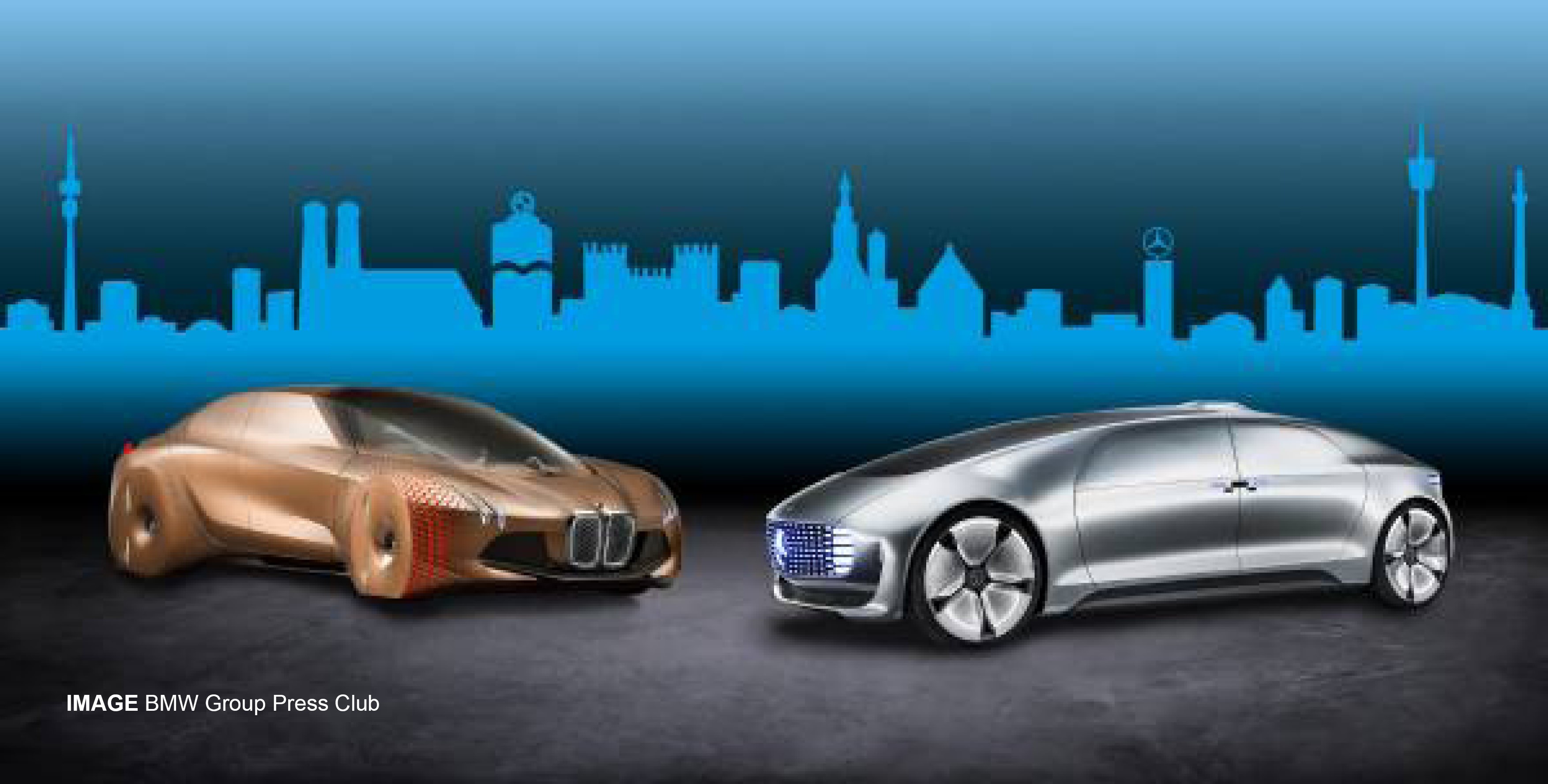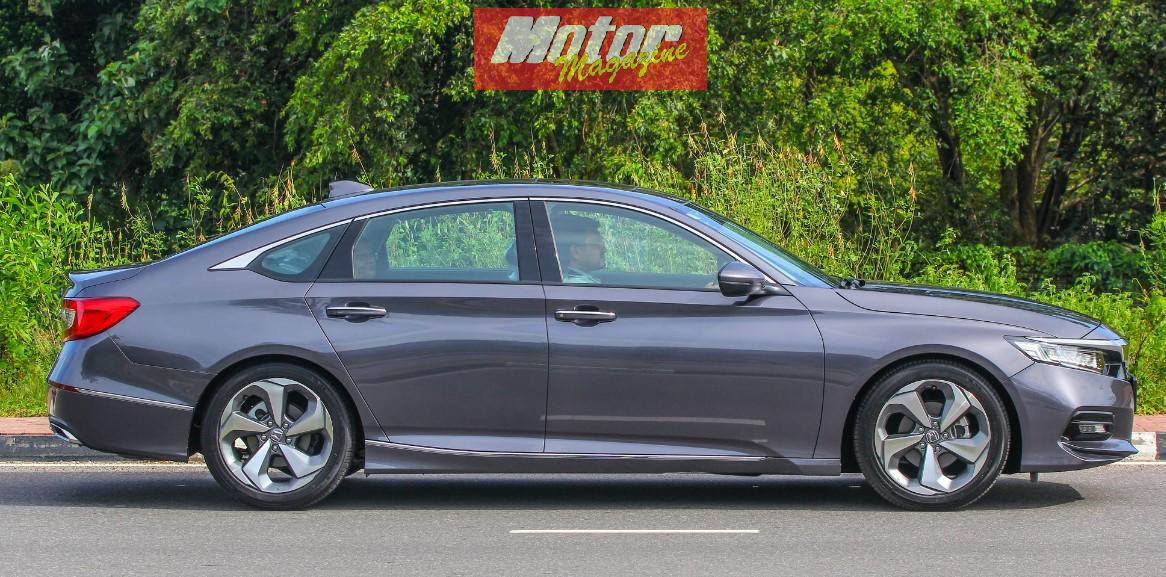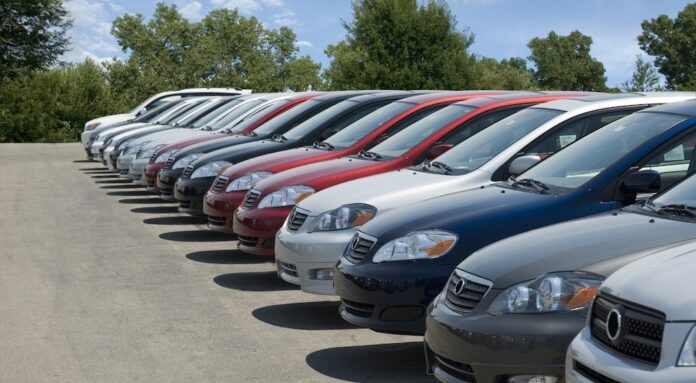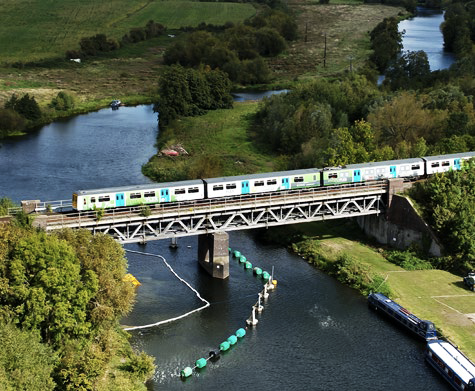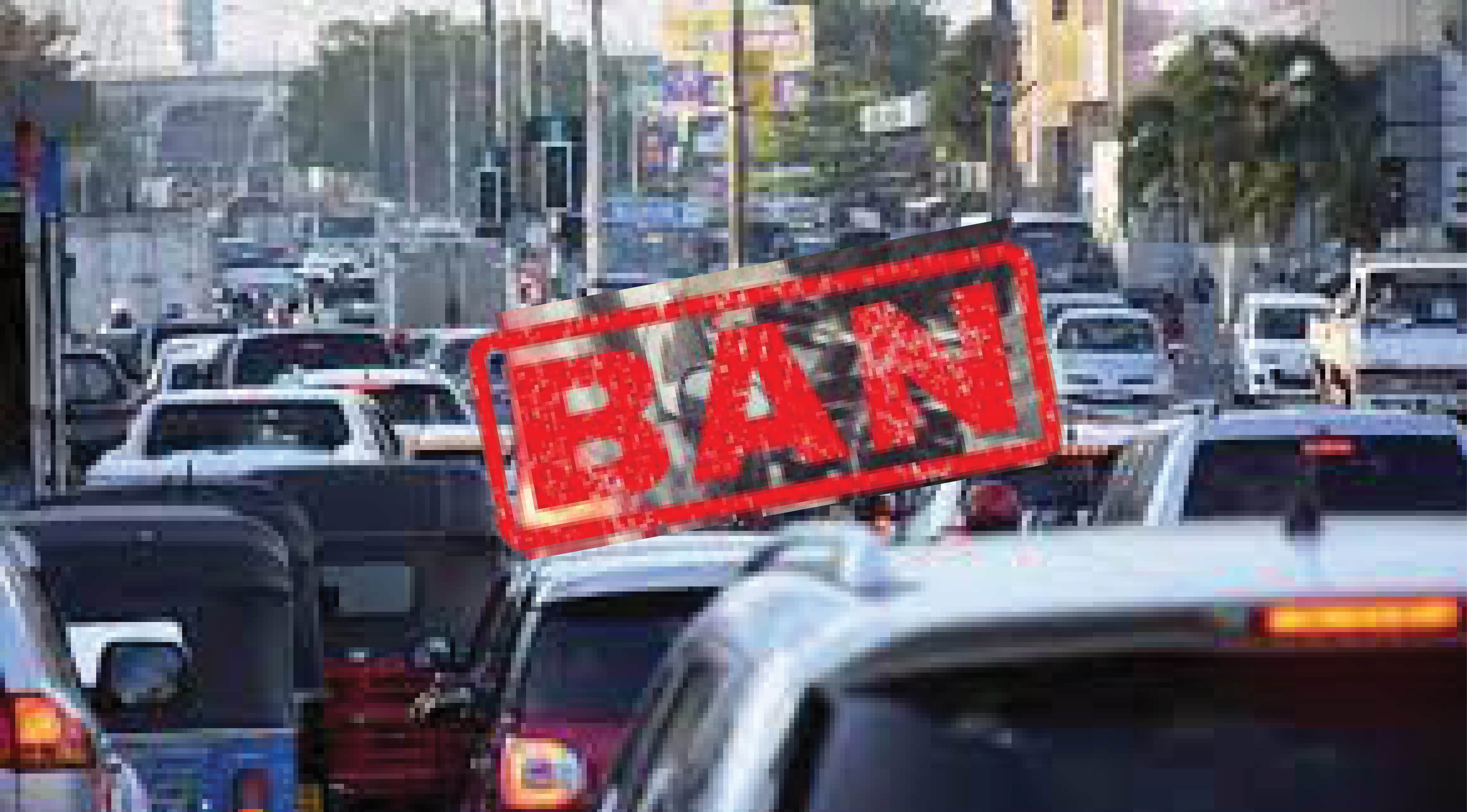
Whilst this column was aimed at a discussion of Sri Lanka’s passage to sustainable mobility, one cannot ignore the present drastic increase in vehicle prices. Here I aim to give some background to this in an attempt to help readers understand why vehicle prices have increased so drastically… and if this increase is likely to continue.
Car Import Ban
At
present, car imports are banned. The Sri Lankan foreign exchange crisis and
statements of the Government suggest that there will be no car imports in 2022.
The Government’s decision to hold the exchange rate at Rs. 203 to the US dollar
makes the supply of US dollars very limited. This short supply of dollars is
impacting every importer’s ability to establish letters of credit for their
imports. We read of hundreds of containers stuck in the port due to the inability
of banks to raise the dollar funding to settle supplier payments. In this
scenario, the import of car parts will also be challenged.
Car
Imports and the Sri Lankan Economy
Car
imports in Sri Lanka are a dichotomy. Sri Lanka has been facing a negative
trade balance for decades, and hence ‘dollars’ have always been scarce. For
this reason, car importers have been viewed as ‘dollar eaters’ and often faced
the wrath of policy makers. On the other hand, car imports bring in significant
duty revenue. During the period between 2015 and 2020 duty revenue from car
imports formed the single largest source of government revenue – higher than
the collection of income tax and VAT.
For
this reason, the import policy on motor vehicles have always been a tug of war
between the government’s need for revenue and the governments shortfall of
dollars. Today, both revenue and foreign exchange are needed and the Sri Lankan
economy facing a crisis. However, the shortage of foreign exchange overpowers
the need for revenue, and hence the continued vehicle import ban.
What
vehicles are imported
Approximately 60% of total registered vehicles are motorcycles and around 15% are three wheelers. Cars total 11% of total registrations. The balance, 14% are lorries, tractors, buses etc. From the total of under 1 million motor vehicles registered, over 50% of these are small and utilitarian. This data suggests that motor vehicle imports are driven by consumers who need conveyance to get about their lives and livelihoods. Many of these imports are not luxury imports.

Car Prices
We
have witnessed an astronomical rise in used car prices, which are detailed above.
Who
is selling?
The pandemic has changed everyone’s lives considerably. Many families who needed a second car, find themselves not needing it. Some families find themselves unable to afford this luxury. In the middle to higher segments of the market, the high prices could be driving sales.
Who
is Buying?
The pandemic has made many commuters wary of public transport and this has led to the purchase of a vehicle. Low interest rates and availability of finance off sets the increased cost of the motor vehicle and this drives up demand.
Many find their savings earning less interest and are looking to other avenues to supplement this loss of income. With the increase of car prices, and the reduction of interest rates, many cars are bought by speculators, seeking to on sell the car at a profit.
A
drive down Dutugemunu Street will show you that the dealers are still stocked
with cars. With the vehicle import ban, these dealers have unutilized credit
lines which they seem to be investing in used cars. Similarly, banks are cash
positive and so they too will encourage businesses to utilize credit lines.
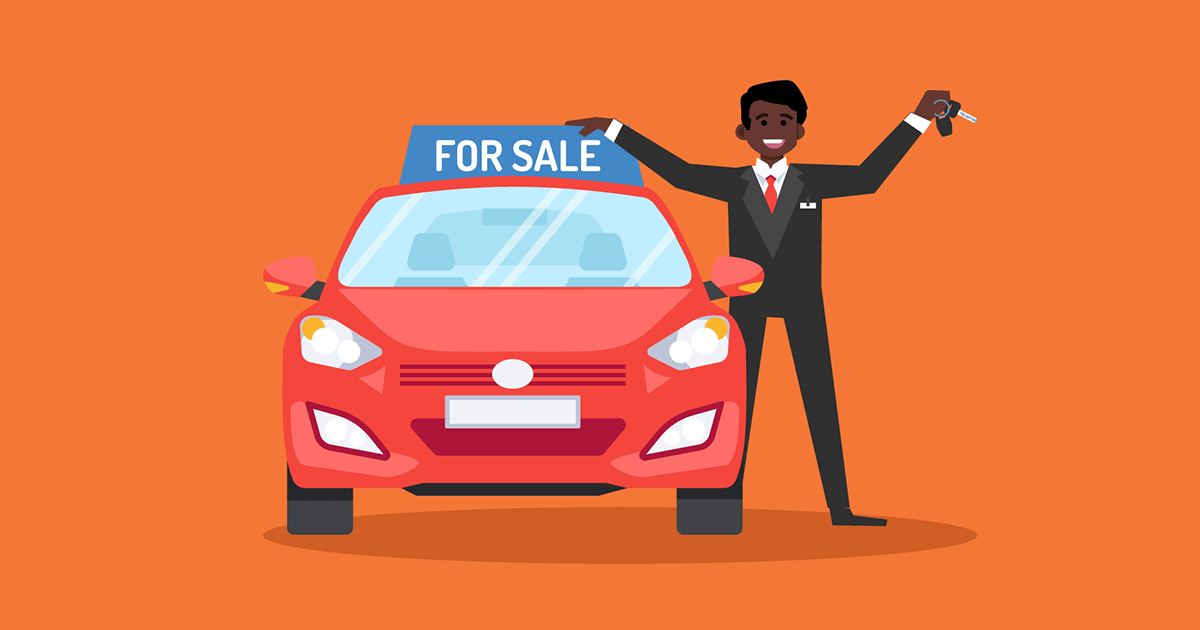
Are these prices sustainable?
Vehicle purchases are driven by low interest rates, access to liquidity and need to earn a profit from available cash. This could be a function of the large sums of money that the Central Bank of Sri Lanka has printed, to fund the Government’s expenditure during the pandemic. The vehicle price increases are fueled by speculative purchases due to lack of supply.
The
question of sustainability of this level of price is a function of the
sustainability of the forces driving the prices upward. Obviously, the
recommencement of vehicle imports can burst the present price bubble. The
likelihood of this is not strong, and even if imports recommence, duty will
probably be very high sustaining the present level of vehicle prices.
There is evidence of interest rates moving upward. And for speculators holding stocks of cars on borrowed money, their holding cost could increase, forcing them to liquidate stock and creating a slight downward pressure on prices. Higher interest rates would also push up leasing costs, which will cause downward pressure on vehicle prices.
A general drop in demand could cause downward pressure on prices. However, whilst the Sri Lankan economy is facing multiple challenges, a drop in demand is not eminent.
The normalization of the economy, in a post pandemic scenario could exert upward pressure on demand for vehicles and hence upward price pressure. A further depreciation of the Sri Lankan Rupee could bring upward pressure on prices. One could argue that these factors are already factored into the present price.
Conclusion
on Price Sustainability
I
set out writing this article feeling convinced that the vehicle prices in Sri
Lanka were a bubble. However, I am now not so convinced.
My sense is that the current prices are the absolute top of the possible price range, because the drivers of increase have been factored in. The most significant downward force could be the speculators in the market exiting the market, because of rising interest rates. This could happen over time and not instantly.




